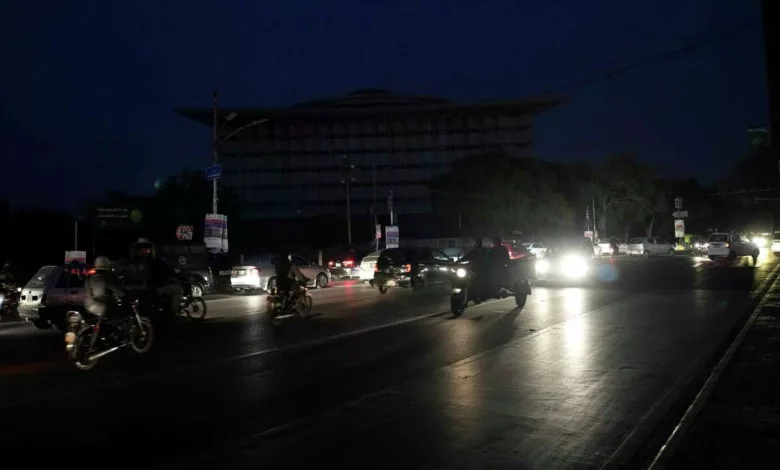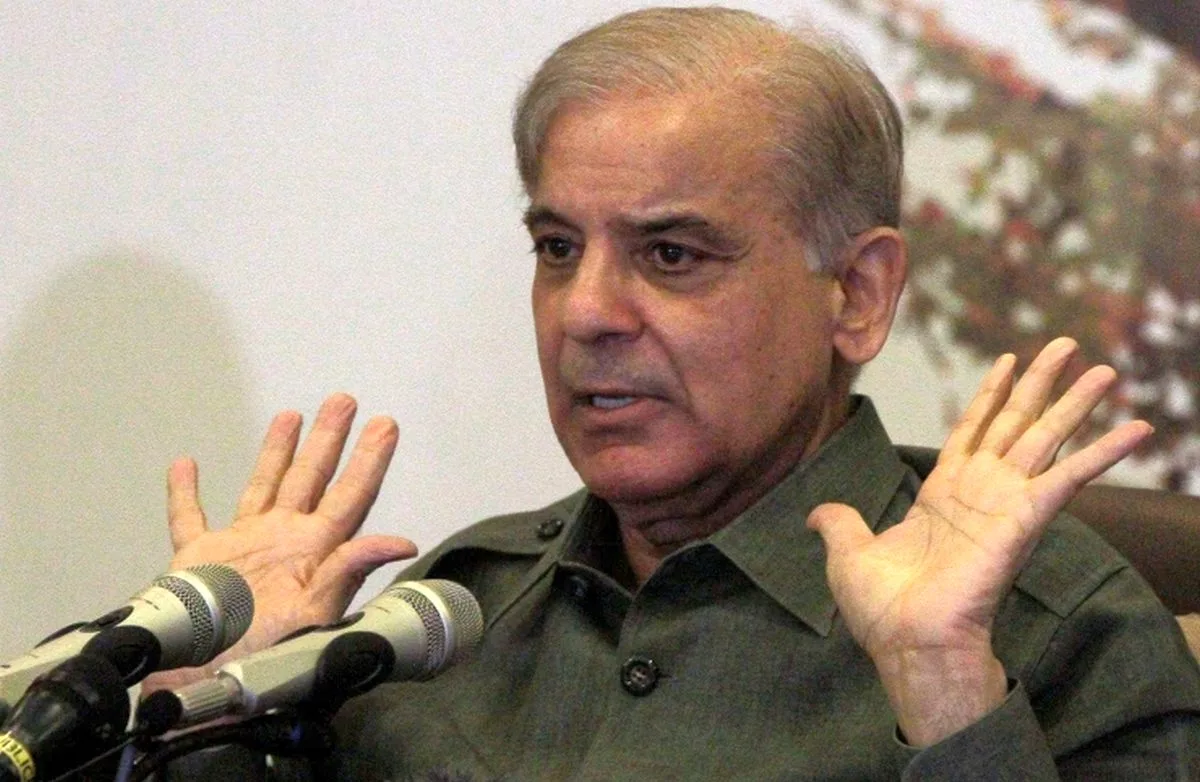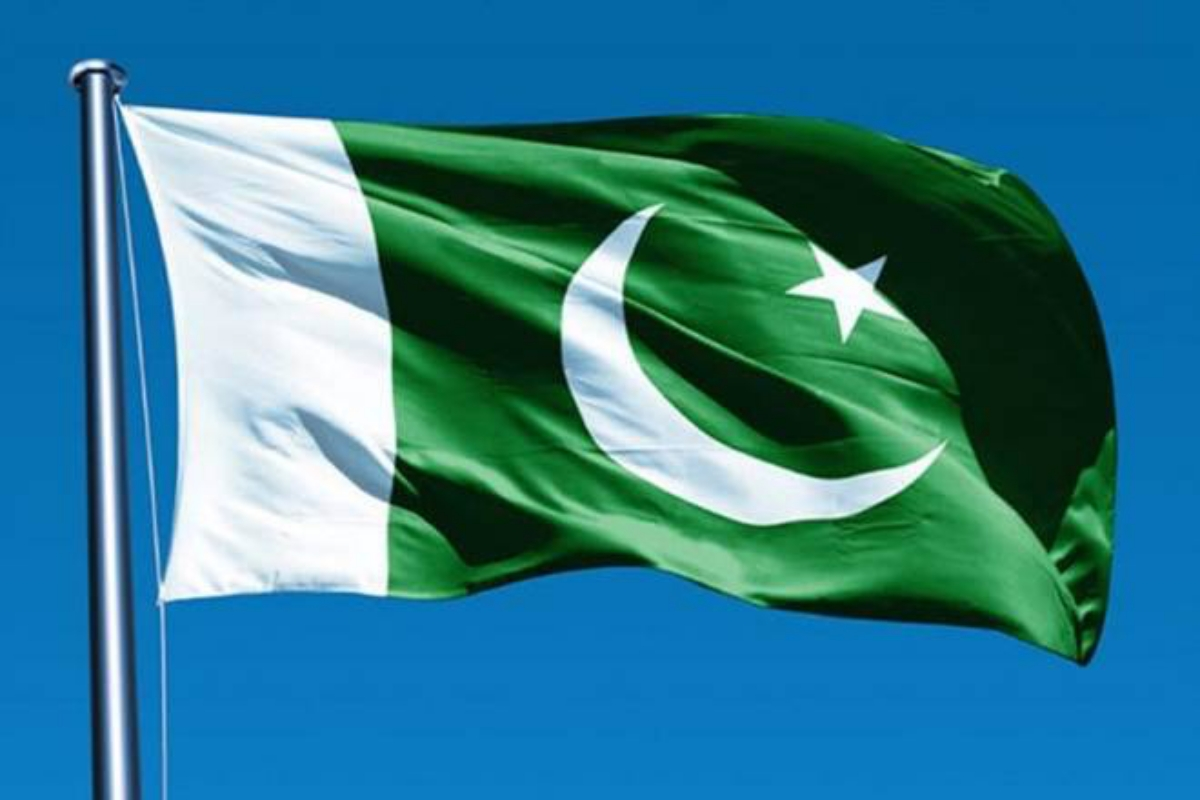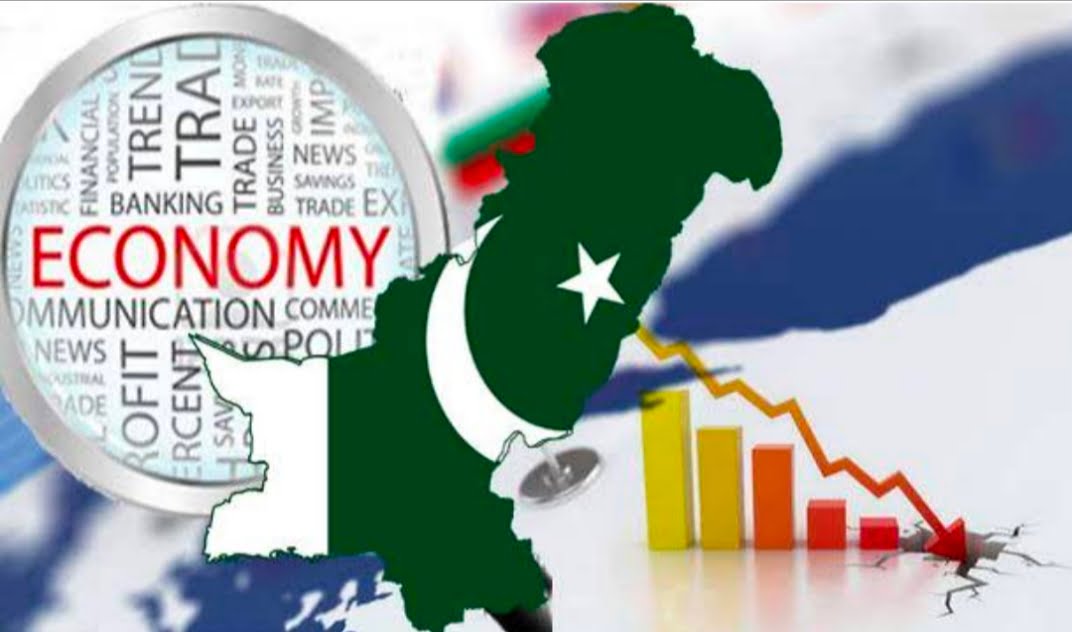Is Pakistan going through a power crisis? How will Pakistan cope with the situation amidst the collapsing economy?

Fuel shortages have become a chronic problem in Pakistan, and the overburdened electrical system collapses often. The situation has resulted in the continuous rolling of blackouts. The blackouts have started in Balochistan and Sindh provinces but have spread throughout the nation. It includes the overly populated cities of Karachi, Lahore, and Rawalpindi.
The frequent blackouts and load sheddings have asked how long the situation will continue. Even though power is being restored, the problem is despicable.
The massive crisis in Pakistan has caused the government to allow the shopping malls and markets to shut down by 8:30 pm to conserve energy.
The country’s government’s enforcement shows that Pakistan is not in a good condition. The economy is struggling to recover from the post covid-19 impact, but it has become a difficult process to undo the damage based on the overlapping energy crises and costly power outages pressuring the domestic sector. The situation is topped with the competitiveness in the domestic market.
The power cut on January 23 has left millions of people without electricity It has been observed for the first time in four months. The power shedding has been because of the lack of the Pakistani government’s funding to upgrade its age-old infrastructure. Pakistan is already struggling to overcome the impact of the depleting forex reserves. If the country suffers from an energy crisis, it would worsen the industrial outputs and the day-to-day living of the households.
On the other hand, prime Minister Shehbaz Sharif is in a tight spot as he is trying to clear his image for the upcoming government elections.

He has taken over his Twitter platform, where he has apologized for the problems the citizens had to face because of the power blackout. He has added that he would conduct an inquiry to know the root cause of the blackout. The situation will be fixed.
The Pakistani Government has always stated the same thing, but not a single thing has been looked after over the past years.
A blame game starts from the top and bottom levels of Pakistan about the frequent rollouts rather than understanding the problems and finding a concrete solution. The ruling government blame it on the former government, while the utility officials start blaming one another for the negligence.
The Pakistani government has started to take the required measures for the upcoming elections. This involves the fire-fighting measure that has stated the government departments to reduce power consumption by 30 percent and the private businesses to shut their business in the early hours to conserve energy.

These are temporary solutions to overcome the frequent blackouts for a while, but a long-term solution will require addressing the complex, structural and financial issues persisting in the power sector of Pakistan.
The cause behind the frequent power rollouts in Pakistan
Reports from the Pakistan Economic Survey in 2021-22 have shown that the installed electricity generation capacity has reached 41557 MW compared to the total demand of 31000 MW. However, the main limitation is the transmission and distribution of power, which could not face the increasing demand and stood at 22,000 MW. This has created a difference of 9000 MW.
The transmission and distribution system needs to be upgraded to meet the demand-supply requirements and faces the rising demands caused by the increasing population and economic activities.
Pakistan is in a terrible situation, making it difficult for the economy to invest in a power distribution system. Previously, Islamabad used to hold natural disasters for the breakdown of the power distribution but now, the situation has changed, and the overall situation will not do the best for businesses and the citizens.
The resource crunch will make it difficult for Pakistan to engage in power development.

Global credit rating S&P has declined Pakistan’s sovereign credit rating to CCC+ from B. it indicates that the country’s fiscal and reserves are weakening. It will hamper the opportunities of attracting foreign investments.
The first half of 2022 resulted in a decrease in the Road and Belt Initiate of China by 56 percent. It has been attributed to the straining global economy and the crisis in some BRI countries, followed by the changing position of China.
The Pakistani power sector strongly needs the updation of its system. But there is no immediate solution, as to how the nation can solve its financial problems and initiate changes in the power sector. At the same time, the power shortage greatly impacts businesses and citizens.
edited and proofread by nikita sharma






